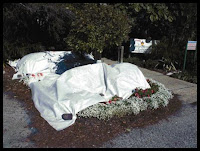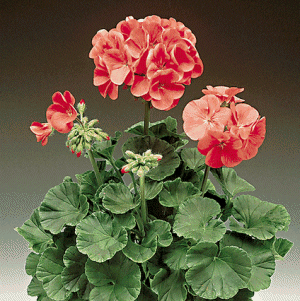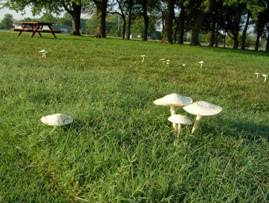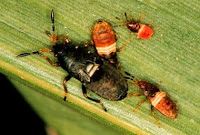
The Tampa Bay region continues to suffer from the effects of a three-year drought. The region is experiencing an extreme water shortage and water restrictions have been tightened. The District’s Governing Board recently modified the water restrictions to allow for the establishment of new construction and lawn replacement (sod, plugs and other turfgrass material). The changes include:
- Restricting the new construction and turfgrass replacement establishment period to 30 days total.
- On days 1-15, beginning the day of installation, the new or replacement turfgrass may be watered every day of the week.
- On days 16-30, the new or replacement turfgrass may be watered approximately every other day. Unless otherwise specified by a local ordinance, even-numbered addresses may only water on Tuesday, Thursday and Saturday. Odd-numbered addresses may only water on Wednesday, Friday and Sunday.













